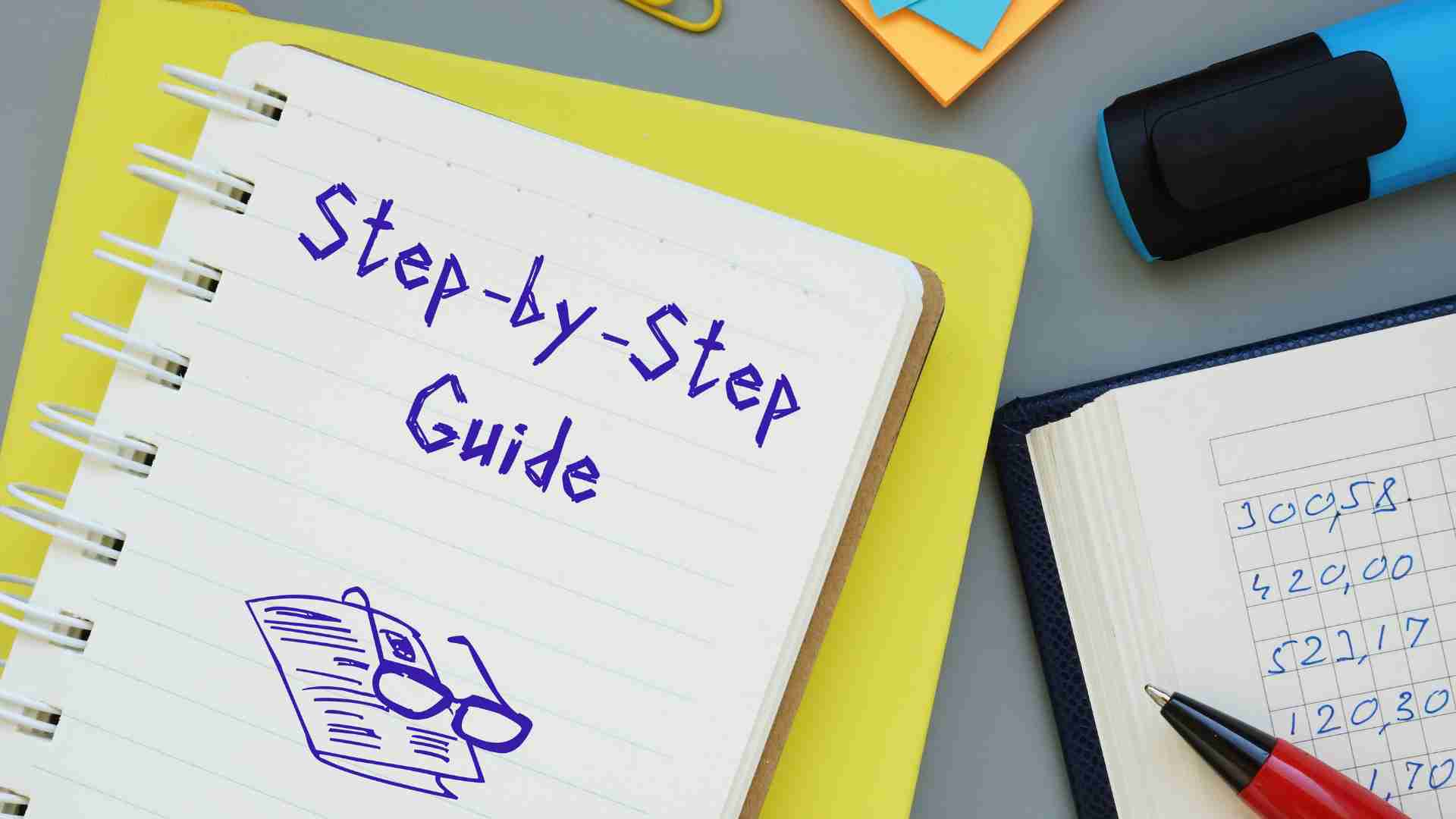The IRS (Internal Revenue Service) has officially started the new tax season. It was last January 29 when everything began. Taxpayers can file their 2023 tax returns until April 15, 2024. If everything is fine, taxpayers will receive a direct deposit in less than 21 days if they choose electronic filing.
Bear in mind that EITC and ACTC beneficiaries may have to wait until February 27 to get their refund from the IRS. Anyway, all taxpayers need to do something regarding their returns.
It is true that you could hire a tax preparer or your spouse may be able to file for you. But in most cases, you will have to deal with it. So, let’s get down to business to get this IRS burden done and receive the money ASAP.
DO YOU NEED TO FILE?
Not all workers must file a 2023 tax return. Therefore, this is the first thing you need to find out. If you do not qualify for any refundable tax credits, your boss did not withhold more taxes than you owe and your income is below the limit, you do not need to file.

However, if you owe tax to the IRS, you must file your 2023 tax return and pay before April 15. By doing so, you will dodge any penalties for delays or late payments.
Who needs to file a 2023 tax return then? For example, if you are self-employed and have more than $400 in net earnings you must file. Single filers under 65 whose earnings are over $12,950 must file says the IRS. If you are 65 or older, this limit is $14,700.
Heads of household who are younger than 65 have a limit of $19,400. Or $21,150 if you are a head of household older than 65 or 65. Joint filers under 65 have a limit of $25,900 or $28,700 65 or older (both spouses). Other situations may also force you to file claims the IRS. Age, status, and income affect this.
THE IRS RECOMMENDS GATHERING DOCUMENTS
Once you have found out you must file, it is time to look for all the necessary documents. Have your Social Security Number on hand. The IRS may also ask you for your Individual tax ID number, or ITIN.
If you are filing jointly, you should also have your spouse’s SSN or ITIN. If you would like to receive a direct deposit, the IRS will need your bank account and routing numbers. Income documents like paycheck stubs, bank statements, checks, and Forms W-2 or 1099 will be essential too.
Make sure you have your adjusted gross income with you. If you got a tax refund last year, you should also take note of the amount you received from the IRS.
Do not forget to update your address if you have moved to a new place. Self-select PIN or IP PIN may also be necessary. Then, get credits and deductions and file. Pay taxes and track the status on the “Where’s my refund?” tool.




